Choosing your first set of juggling balls might seem simple, but the right choice can make a big difference in how you learn and progress. From stage balls to beanbags, Russian balls to Sil-X, each type has its own feel and purpose. This guide will walk you through the pros and cons of each style, how they fit different types of juggling, and recommend three sets based on your budget and needs.
Index
The Types of Juggling Balls
Juggling balls come in two main styles: beanbags and plastic shell balls, each suited for different needs. Choosing the right type depends on the kind of juggling you want to explore and how the balls feel in your hands.
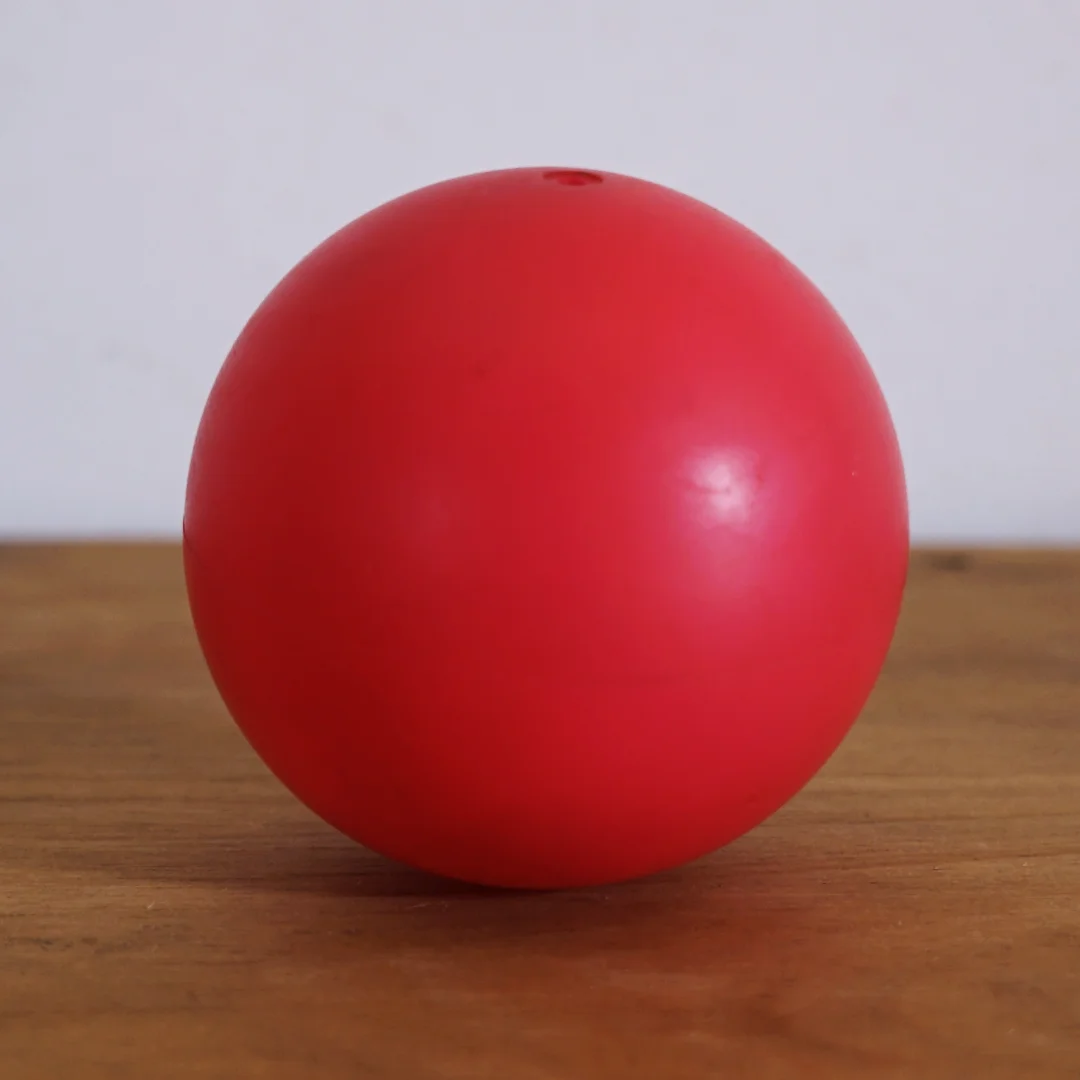
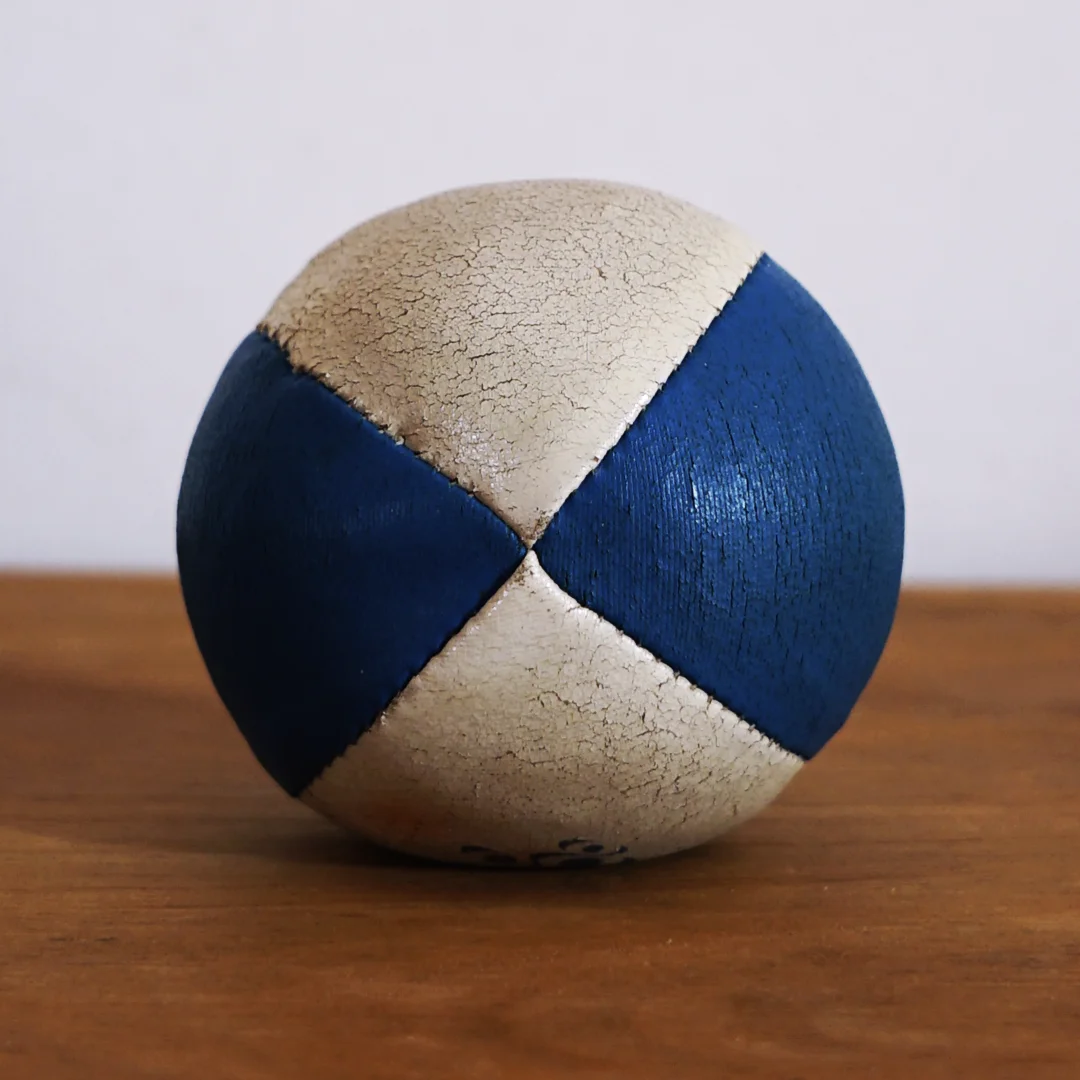
Beanbags
Beanbags are soft and flexible, making them ideal for beginners or toss juggling. They’re typically filled with millet, birdseed, or synthetic beads, and some brands even let you customize the filling percentage:
- Fully filled (100%): Firm and stable, great for precise throws and controlled patterns.
- Softer fill (from 85% to 95%): Easier to catch and forgiving for beginners, though less precise for advanced tricks.
They don’t roll when dropped, making them perfect for learning. However, they’re less durable over time and can lose shape with heavy use.
Plastic Shell Balls
These balls have a harder shell, usually made of plastic or rubber, giving them a smooth surface and solid feel. Plastic shell balls are ideal for performers and anyone experimenting with body rolls, stalls, or dynamic tricks.
Here’s a breakdown of the most common types:
- Stage Balls: Large and visible, perfect for performances. They’re lightweight but tend to roll away when dropped, making them less beginner-friendly.
- Russian Balls (Sand or Millet): Partially filled, with weight shifted to the bottom for precision and control. Sand creates more suspension in the air, while millet offers a smoother, softer movement. Both are great for stalls and body throws but feel less predictable for toss juggling.
- Sil-X Balls (Silicone Gel): A hybrid ball partially filled with silicone gel. They combine the stability of Russian balls with a more fluid, versatile feel, making them great for mixing toss juggling and body throws.
- Fully Filled Plastic Shells: Evenly filled with millet, these balls are consistent and stable, perfect for toss juggling and even some contact tricks. However, they lack the flexibility of partially filled options.
Choosing the Right Size
Sizes matter more than you might think when choosing your juggling balls. Most balls range from 60mm to 80mm, and the size you pick changes how they feel in your hands and how they move in the air.
For beginners, a smaller size, like 63mm or 68mm, works best. They’re easier to hold and control, especially when you’re still working on keeping consistent throws. Smaller balls are also lighter, which makes them less tiring during long practice sessions.
Personally, I prefer 76mm balls. They’re a bit larger, but I like how balanced they feel, and they’re great for toss juggling and more technical tricks. Larger balls are also more visible, which is useful if you’re performing or recording yourself.
If you’re unsure where to start, I’d say go for something around 70mm. It’s a nice middle ground that works for most styles and lets you get a feel for what you like as you improve.
Juggling Balls that I recommend
Once you know what type of juggling you’re into, here are three options for your first set:
Cheap Option

An affordable and beginner-friendly, a basic beanbag set can be good, if you’re just starting out and want something soft to learn with. If you can, buy the nett juggler ones.
Mid-Range

Play Juggling are a solid choice. They’re well-made, resistant to wear, and feel good in hand, making them a reliable option.
High-end
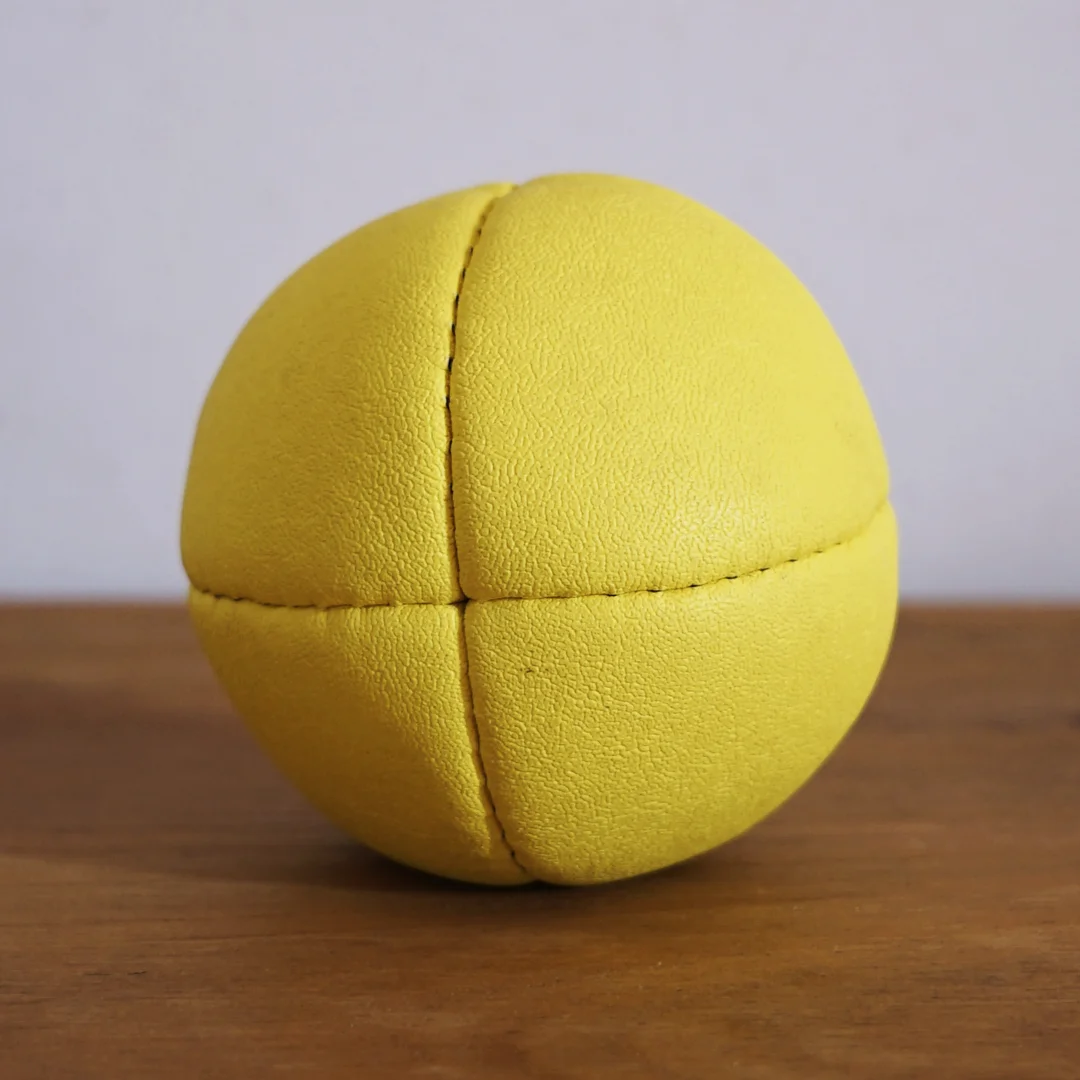
Jugglequip balls are a good choice if your budget allows ir. The way that they feel and their durability make them a long-term investment.
Choosing your first set of juggling balls is about finding what suits your goals and juggling style. Start with something simple and forgiving, and as your skills grow, explore more specialized options. Remember, the right ball can make juggling more enjoyable and help you discover the styles that resonate with you. Happy juggling!
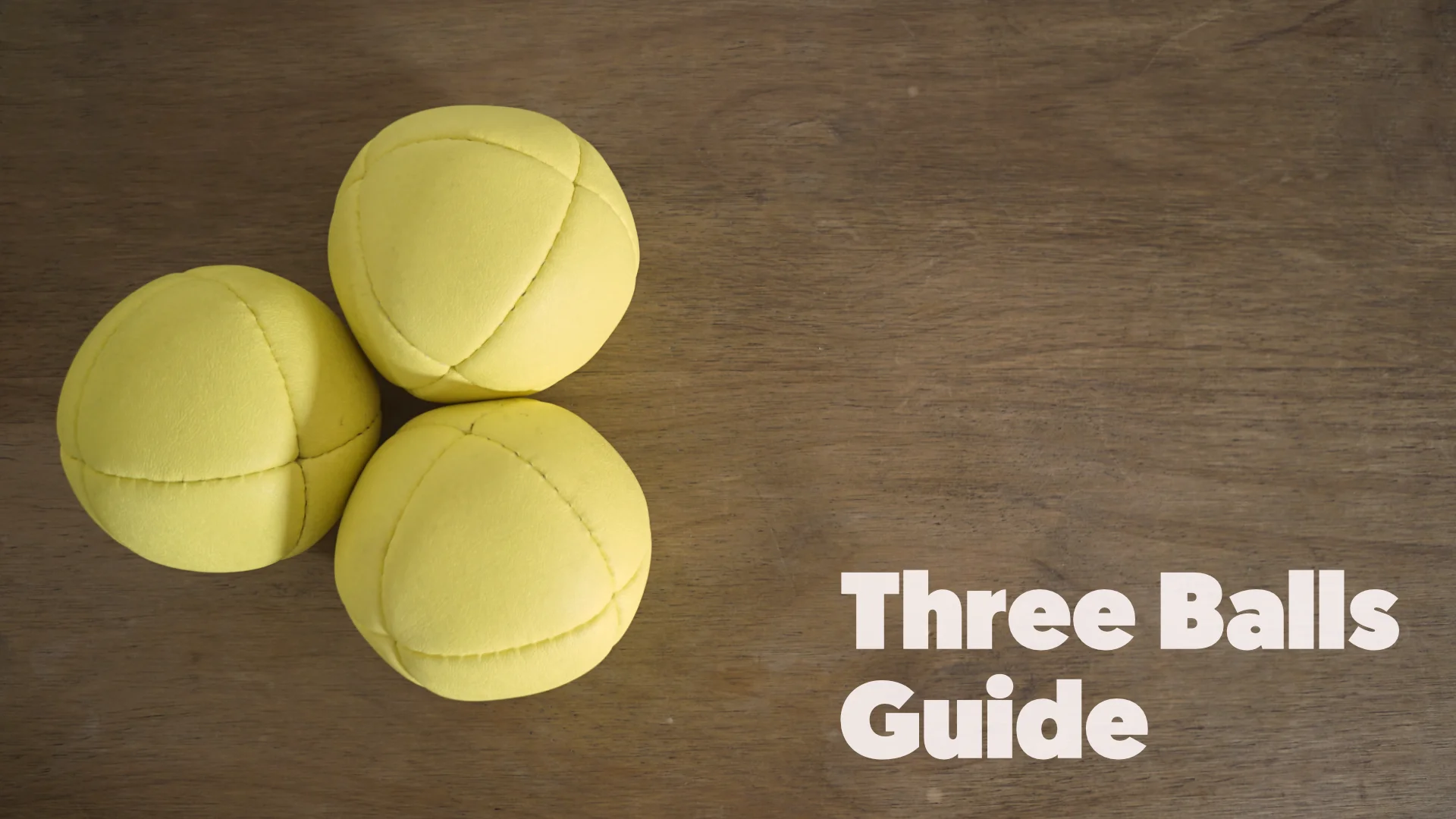
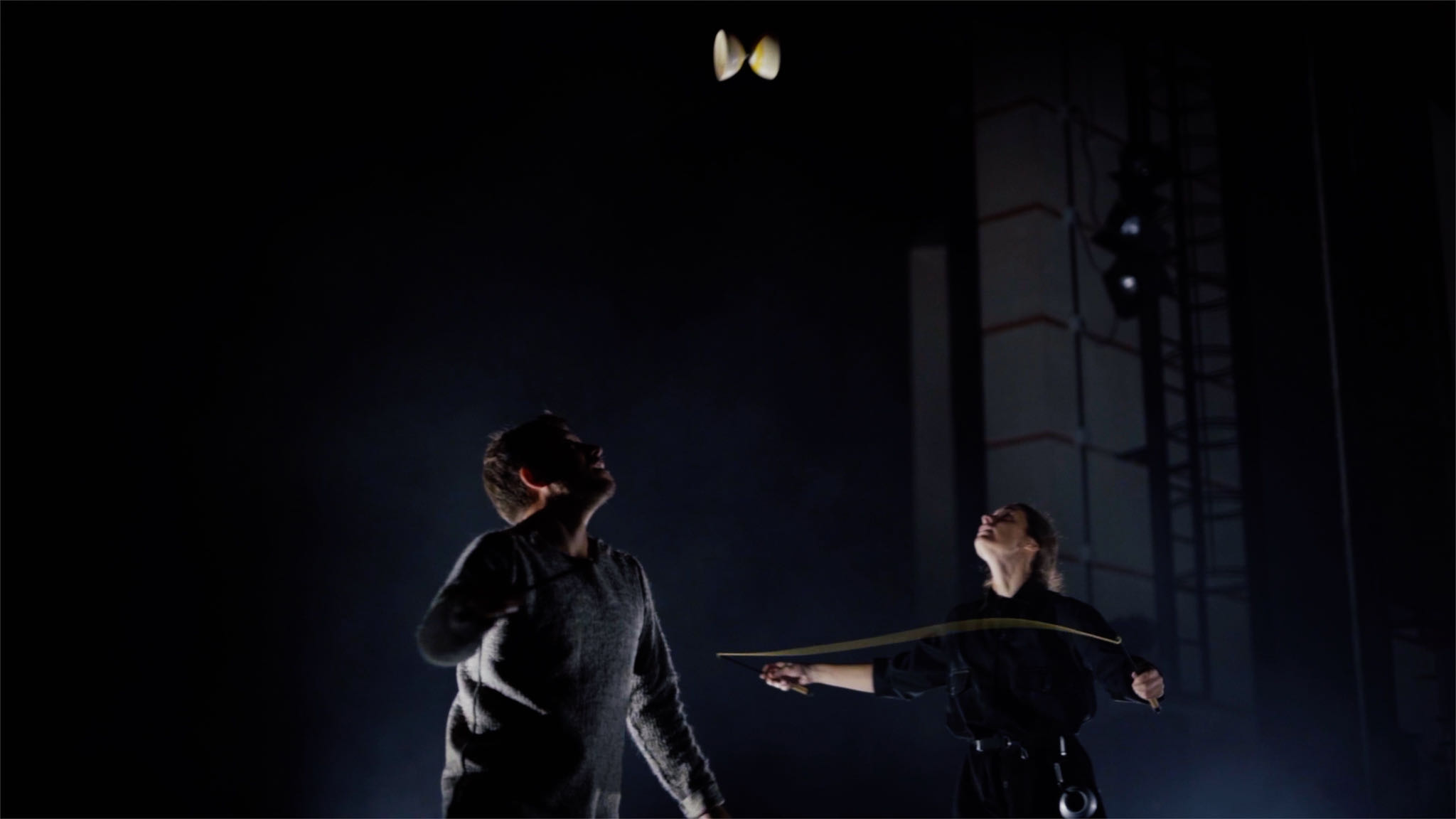


Leave a Reply
You must be logged in to post a comment.